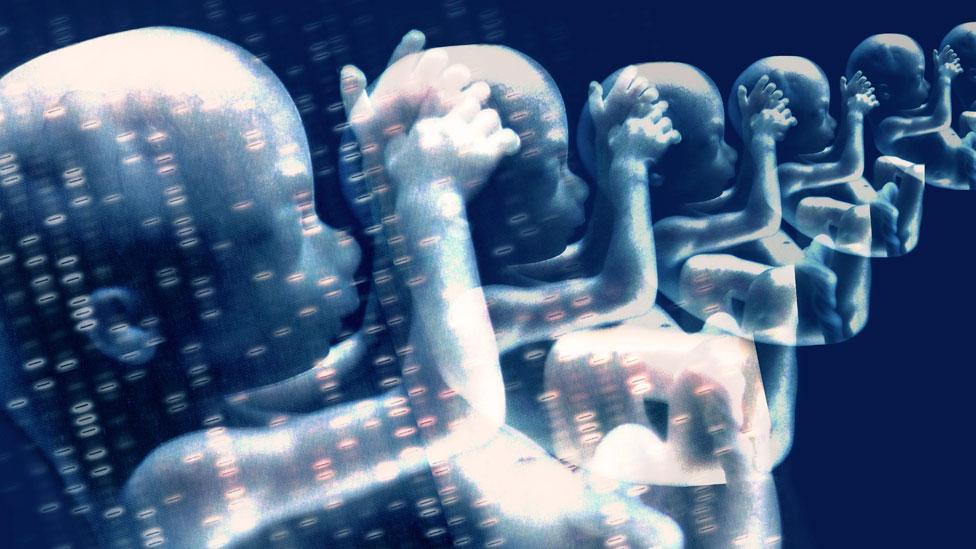We knew it was coming to this. The GMO revolution wasn’t going to stop at our dinner table. But did we think it would happen so soon?
The first week in December, delegates from the top three gene-editing countries—China, the UK and the US—met in Washington, DC for a symposium on the future of gene-editing. For those not familiar with the parlance, gene editing refers to the ability to alter the DNA of an embryo in a manner which affects the germline. The germline is defined as follows; “In biology and genetics, the germline in a multicellular organism is that population of its bodily cells that are so differentiated or segregated that in the usual processes of reproduction they may pass on their genetic material to the progeny.”
In other words, what happens to the germline will affect the offspring and subsequent generations.
The possibilities inherent in such manipulation are staggering. Not only could genetic diseases be removed from the developing embryo, but new and better attributes could be factored in. Mankind could face the possibility that crippling genetic diseases, such as Tay-Sachs or Huntington’s Disease could be forever banished, while a brave new crop of humans, with enhanced intellectual abilities or enhanced musculature, for example, could be harvested.
The symposium was convened with some urgency after the disclosure that researchers in China had reported this past April that they had launched the first attempt to edit the DNA of human embryos. The Chinese project was undertaken to correct a rare and often fatal blood disorder, called beta thalassemia. China’s effort was followed by an application, made in September, by a British research group to edit human embryos for research purposes.
Behind all this gene editing lies a new technology, which works like the “find and replace” function on a word processor. The most popular in this new buffet of tools is the Crispr-Cas9, which was invented by Dr. Jennifer Doudna. Dr. Doudna is a Professor of Chemistry and of Molecular and Cell Biology at the University of California, Berkeley and has also been an investigator with the Howard Hughes Medical Institute since 1997. The Crispr-Cas9 works in the following manner—first it locates the gene to be edited, then makes the desired alteration, either by deleting it or fixing it. Doudna has virtually revolutionized medicine with her invention, which is reportedly simple to use.
The symposium was expected to produce a call for a moratorium on this research, while the ethical implications could be sorted out. Surprisingly, that is not what eventuated. The final formal statement by the International Summit on Human Gene Editing Organizing Committee in fact left the door open.
Read entire article: http://www.activistpost.com/2015/12/first-gmo-corn-then-frankenfish-and-now-get-ready-for-designer-babies.html?

